Introduction
In the vast realm of culinary delights, certain ingredients stand out for their unique flavors and textures, captivating the senses and igniting the imagination of chefs and food enthusiasts alike. Among these, dried scallops, commonly known as “yao zhu” in Chinese cuisine, occupy a prestigious position. Renowned for their rich, umami-laden taste and subtle sweetness, these dried marine treasures are indispensable in many high-end dishes, adding depth and complexity to soups, stir-fries, and sauces. But what is it about dried scallops that makes them inherently sweet? This article delves into the culinary significance of dried scallops, their production process, biochemical composition, and the scientific reasons behind their sweet flavor, offering a comprehensive exploration of this enigmatic ingredient.
The Culinary Significance of Dried Scallops
Dried scallops, derived from the adductor muscle of large sea scallops, primarily species like the Patinopecten yessoensis and Chlamys farreri, have been a staple in Chinese cuisine for centuries. Their use dates back to ancient times, where they were valued not only for their flavor but also as a symbol of luxury and prestige. In traditional Chinese medicine, dried scallops are believed to have nourishing properties, enhancing vitality and promoting health.
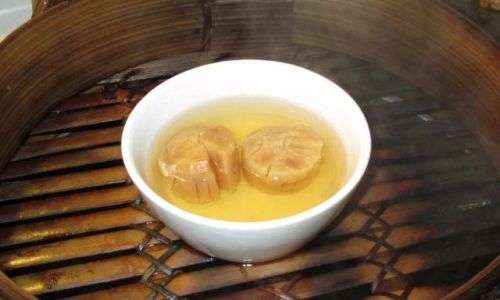
Culinary-wise, dried scallops are prized for their ability to elevate dishes with their concentrated, savory essence. Unlike fresh scallops, which offer a tender, mild flavor, dried scallops undergo a transformation that amplifies their umami components, creating a taste profile that is both intense and harmonious. This umami, often described as a pleasant, savory taste, is a result of high levels of glutamic acid and other amino acids present in the scallops. However, it is their subtle sweetness that sets them apart, adding a layer of complexity that is both intriguing and delightful.
Production Process of Dried Scallops
Understanding the sweetness of dried scallops begins with exploring their production process. The journey from fresh scallop to dried delicacy involves several meticulous steps, each contributing to the final flavor profile.
-
Selection of Scallops: The first step is selecting high-quality scallops. The best dried scallops are sourced from large, mature scallops that are plump and meaty. These scallops are typically caught during specific seasons when they are at their peak of freshness and nutritional value.
-
Cleaning and Preparation: Once caught, the scallops undergo thorough cleaning to remove any impurities. The adductor muscle, the primary muscle used for swimming and the part that becomes dried scallops, is carefully separated and prepared for drying.
-
Drying: The drying process is crucial in developing the unique flavor of dried scallops. Traditional methods involve sun-drying, where the scallops are laid out on bamboo mats or racks and exposed to the sun for several days. Modern techniques may use ovens or dehydrators to control the drying process more precisely. The goal is to remove moisture while preserving the natural enzymes and flavors within the scallop.
-
Aging: After drying, the scallops are often aged for several months to a year. This aging process allows for further concentration of flavors and the development of the characteristic sweetness. During aging, complex biochemical reactions occur, transforming the amino acids and sugars present in the scallop into compounds that contribute to its unique taste.
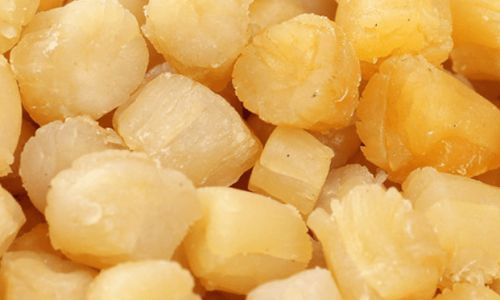
Biochemical Composition and Sweetness
The sweetness of dried scallops is a result of a combination of factors, including their biochemical composition and the changes that occur during processing.
-
Amino Acids: Dried scallops are rich in amino acids, particularly glutamic acid, which is a key component of umami. However, other amino acids such as glycine and alanine also play a role. These amino acids not only contribute to the savory taste but can also undergo reactions that produce sweet-tasting compounds. For instance, glycine can undergo caramelization or Maillard reactions during drying and aging, resulting in the formation of sweet-tasting pyrazines and other aromatic compounds.
-
Sugars: Although scallops are not inherently high in sugars, they contain small amounts of naturally occurring carbohydrates, including glucose, fructose, and glycogen. During the drying and aging process, these sugars can undergo dehydration and caramelization, leading to the formation of caramel-like compounds that add a hint of sweetness to the final product.
-
Maillard Reactions: The Maillard reaction is a complex series of chemical reactions between amino acids and reducing sugars that occurs at high temperatures, such as during drying and cooking. This reaction is responsible for the browning of foods and the development of a wide range of flavors, including sweet and caramelized notes. In dried scallops, the Maillard reaction contributes to the formation of flavorful compounds that enhance their overall taste profile, including subtle sweetness.
-
Nucleotides: In addition to amino acids, dried scallops contain nucleotides, such as inosine monophosphate (IMP) and guanosine monophosphate (GMP), which are known for their umami-enhancing properties. However, nucleotides can also undergo degradation during processing, leading to the formation of smaller molecules that can contribute to sweetness. For example, the degradation of IMP can produce hypoxanthine, which has a slightly sweet taste.
-
Enzymatic Activity: Enzymes present in fresh scallops continue to work during the drying and aging process, catalyzing reactions that alter the flavor profile. Some enzymes, such as proteases, break down proteins into smaller peptides and amino acids, while others, like glycosidases, release sugars from complex carbohydrates. These enzymatic activities contribute to the development of the characteristic sweetness and complexity of dried scallops.
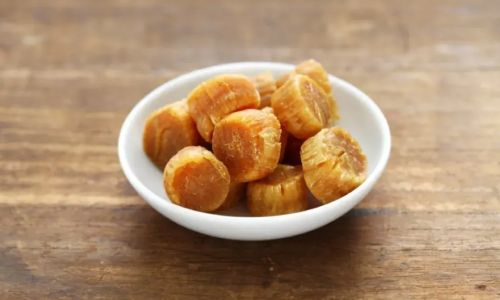
Conclusion
The sweetness of dried scallops is a multifaceted phenomenon resulting from a combination of their biochemical composition, the meticulous production process, and the complex biochemical reactions that occur during drying and aging. The rich tapestry of flavors in dried scallops, including their subtle sweetness, is a testament to the intricate interplay of nature and human craftsmanship.
In culinary terms, this sweetness adds a layer of sophistication to dishes, enhancing their overall taste profile and creating harmonious blends of flavors. For chefs and food enthusiasts, understanding the sources of this sweetness allows for more intentional use of dried scallops, enabling the creation of dishes that are not only delicious but also deeply satisfying on a sensory level.
As we continue to explore the world of food and its myriad flavors, dried scallops remain a fascinating subject of study. Their unique sweetness, a product of both nature’s bounty and human ingenuity, serves as a reminder of the endless possibilities that lie within the realm of culinary artistry. Whether enjoyed in a simple soup or a complex multi-course meal, dried scallops continue to captivate our taste buds and inspire our culinary imaginations, reminding us of the profound connection between food and the human experience.
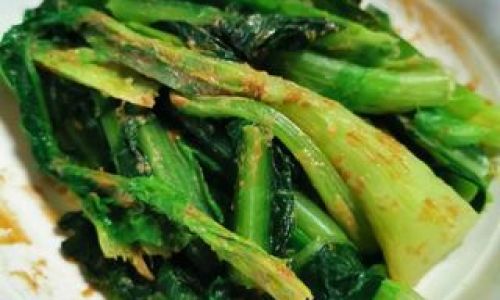
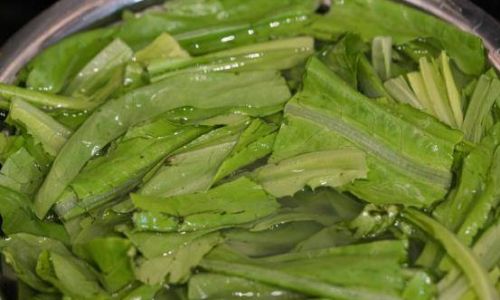
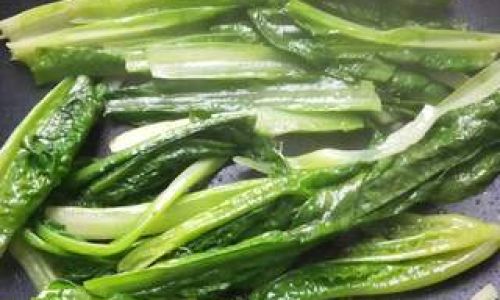
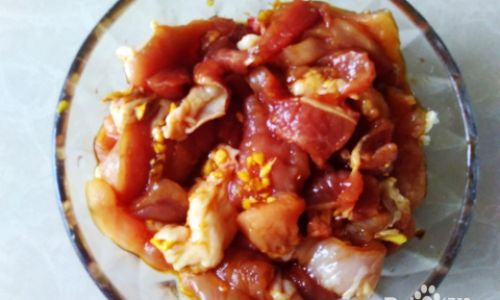
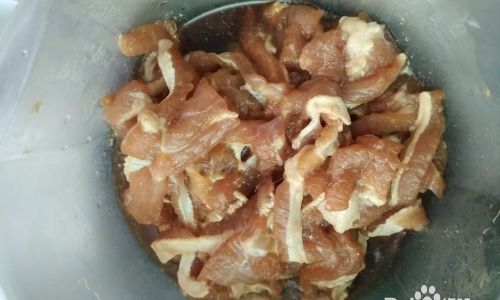
0 comments